In 2023 a sobering milestone was met, the highest number of wildfires in the European Union (EU) since tracking began in 2000 by the European Forest Fire Information System. More than 500,000 hectares of land were burned, an area equivalent to half the size of Cyprus. The situation worsened in 2024, with wildfire-related fatalities rising sharply to 437, compared to 263 deaths in 2023.
Research consistently points to climate change as a primary driver behind this growing crisis. Not only is it increasing the scale of land burned, but it's also intensifying individual fires, extending fire seasons beyond the traditional summer months, and triggering blazes in regions previously untouched by such disasters. As this escalating threat edges closer to the Middle East, the pressing question remains: will the region be prepared, or caught dangerously off guard?
Burning Lessons: Europe to the Middle East
In 2024, the EU recorded a total of 419,298 hectares burned, with 147,017 hectares occurring within Natura 2000 protected areas. This represents roughly 70% of the area lost in 2023 and less than half of the damage seen in 2022. While countries like Greece, Italy, Spain, and Portugal were most affected in 2023, the 2024 wildfire season revealed new patterns influenced by geopolitical factors. Satellite data showed that nearly one million hectares burned in Ukraine in 2024, more than twice the area affected across the entire EU during the same period. This sharp increase continues a trend observed since 2022 and has been linked to the environmental fallout of Russia’s full-scale invasion. As noted by studies, the spread of fires closely mirrors the conflict’s front line, underscoring the destructive environmental impact of warfare and the direct correlation between armed conflicts or weak state institutions and the increased occurrence of wildfires.
Wildfires are not only an environmental issue, they also carry significant economic, political, and social consequences. Economically, they strain national budgets through disaster response and recovery costs, while damaging agriculture, infrastructure, and tourism. Politically, wildfire mismanagement can erode public trust and ignite debates over environmental policy and climate readiness. Socially, they displace communities, threaten public health, and increase social vulnerability, especially in regions already facing conflicts like the Middle East. The Middle East, in particular, faces a high probability of severe impact should these wildfires cross borders, for several critical reasons.
A Region on the Brink
Wildfires are highly unlikely to respect borders. Fuelled by hotter, drier summers, unseasonal heatwaves, and human ignition sources, they have already surged across the Mediterranean and parts of the Middle East in recent years. In July 2025 alone, satellite data recorded unprecedented wildfire activity in southern Europe and Syria, with 227,000 hectares burned so far, including over 3% of Syria’s forest cover. Indeed, the Eastern Mediterranean and Middle East are warming twice as fast as the global average, accelerating conditions conducive to fire.
For instance, in 2021, wildfires swept across North Africa and the Levant: Algeria suffered over 100 wildfires in August alone, killing 90 people and burning 10,000 hectares, while Tunisia lost 5,000 hectares in June, and Lebanon and Syria saw 7,500 hectares destroyed. As populations expand into wildland-urban interfaces and active conflict continues in fragile states, objective risk increases. The pattern is clear: once rare, fires are becoming more frequent, bigger, and deadlier as they are crossing borders. As wildfire seasons increase in length and intensity, the resulting economic, political and societal impacts worsen.
Fire, Economy, and Instability
The region’s vulnerability is also increasing. This July marked the hottest month in recorded history, with temperatures in parts of the Arab world exceeding 45°C. These extreme conditions dry out vegetation, turning it into flammable fuel. Many native plant species in the Middle East contain oils and resins that make them highly combustible, especially during heatwaves. Combined with dry winds like the Khamsin, the risk of wildfires rapidly spreading is rising.
If wildfires were to increasingly affect the Middle East, the economic consequences would be severe and far-reaching. Agriculture, already vulnerable due to arid conditions, would be one of the hardest-hit sectors. Fires could destroy crops, olive groves, grazing lands, livestock, and essential farmland, such as those found in countries like Jordan, Syria, Egypt, Lebanon, and GCC countries. This destruction would significantly reduce domestic food production, causing immediate food shortages for local communities and further increasing the region’s dependence on imports. For many Middle Eastern countries with struggling economies, this increased reliance would drive up costs and place significant pressure on national budgets, sparking inflation and deepening existing food insecurity. The resulting economic strain could lead to broader macroeconomic impacts, including GDP decline, disruptions to fiscal stability, and vulnerabilities in supply chains.
In addition, critical infrastructure would also be at high risk. Fires could damage power lines, roads, oil pipelines, and water systems, especially in rural or underdeveloped areas with limited firefighting resources. Damage to transportation networks, oil pipelines, and historical heritage sites could cost billions. Past incidents, like the flight diversion at İzmir Airport due to nearby wildfires, highlight the potential disruption to regional travel and commerce. In fragile or conflict-affected states, rebuilding efforts would likely be slow and poorly coordinated, worsening the long-term economic burden.
Tourism, an important source of income in countries like Jordan, Lebanon, and parts of the Gulf, could also suffer. In 2023, Lebanon’s tourism revenues were estimated at $5.4 billion. These revenues represented 30.2% of the country’s GDP, up from 25.3% the previous year. In Jordan, tourism generated $7.4 billion in revenues contributing approximately 14.6% to national GDP. This represents the country’s largest export sector and second-largest private employer, as well as a key source of foreign exchange.
Given this significant economic reliance, the direct consequences of wildfires on the tourism sector would be devastating. Wildfires can damage or shut down heritage sites, national parks, and coastal resorts, which will not only cause sharp declines in tourism but also lead to lost revenue and widespread job cuts. Tour guides, hotel and resort staff, restaurant workers, and park rangers are often among the hardest hit. With fewer tourists, demand for services drops, leading to layoffs or reduced hours. Seasonal and informal tourism workers are especially vulnerable, often lacking job security or social protection. The broader economic impact extends beyond tourism, affecting entire local communities dependent on visitor spending.
Beyond economic sectors, wildfires also impose significant medical and healthcare burdens. Wildfires pose serious health risks, increasing respiratory and cardiovascular conditions such as asthma, heart attacks, and high blood pressure due to smoke exposure. They also impact mental health, leading to anxiety, depression, and post-traumatic stress disorder, especially among displaced individuals or those who suffer loss. Additionally, people in fire-affected areas might face physical injuries from burns, collapsing structures, and evacuation accidents, placing further strain on emergency and healthcare services.
Overall, if wildfires were to sweep across the Middle East, the economic fallout would include food shortages, infrastructure losses, tourism decline, health care burdens, and immense recovery costs. In a region already facing climate stress and political fragility, the economic toll of wildfires could deepen instability and slow development for years to come. These fires are not just environmental disasters, yet they are politically charged events that test government legitimacy, expose institutional weaknesses, and demand cross border cooperation in a region already marked by fragility. Large-scale wildfires often trigger public scrutiny of government performance, particularly in disaster preparedness and environmental governance. In countries with weak institutions, such scrutiny can lead to political instability and public unrest. Lebanon’s 2021 wildfires, for example, exposed deep governance failures, forcing local communities to respond in the absence of effective state action. In conflict-prone areas like Kurdistan, fires complicate crisis response. Efforts for regional climate cooperation remain limited due to political fragmentation, and ongoing conflicts. Such political ramifications underscore the Middle East’s distinct and more challenging approach to wildfire preparedness compared to other regions.
Preparedness or Peril?
In 2023, as wildfires swept across Europe, the EU’s well-established emergency framework enabled a swift and coordinated response. Thirteen firefighting aircraft from the rescue fleet were rapidly deployed, supporting national efforts and reinforcing cross-border solidarity. This collective capability has become vital in managing escalating climate disasters. In contrast, the Middle East faces a far more complex challenge. With ongoing political instability and economic hardship across the region, governments often lack the capacity or political space to prioritize climate resilience.
Unfortunately, it is the region’s most vulnerable communities that bear the brunt. Across the Middle East, climate awareness remains low, and resources for prevention and response are limited. In July 2023, Algeria reported 34 deaths across 11 provinces due to wildfires fatalities that local officials admitted could have been prevented with earlier evacuations or basic safety measures. This underscores the urgent need for public education and preparedness.
Despite these challenges, some progress is being made. In July, Syria’s emergency minister acknowledged that assistance from neighbouring countries, including Turkey, Jordan, Lebanon, Qatar, and Iraq, played a crucial role in containing wildfires. These cooperative efforts hint at a hopeful path forward but a comprehensive, regional approach to wildfire risk remains critically overdue.
To address this pressing need, preventing and preparing for wildfires in the Middle East requires a comprehensive strategy. Key actions include controlled burns to reduce flammable vegetation, firebreaks to stop fire spread, and public education on fire safety. Strengthening building codes with fire-resistant materials and integrating wildfire risk into land-use planning can enhance community resilience. Investing in early warning systems and advanced firefighting technologies is also critical. Improving access roads, equipping emergency responders, and creating community evacuation plans can boost response efforts. Together, these measures will help minimize wildfire risk, protect lives and infrastructure, and limit the environmental and economic impact across vulnerable regions.
In conclusion, as wildfires grow more intense and unpredictable, the Middle East faces an urgent test of preparedness. With rising temperatures, fragile governance, and limited resources, the region risks severe economic, political, and social fallout if cross-border wildfires become the norm. Unlike Europe’s coordinated systems, the Middle East must overcome political fragmentation and invest in proactive strategies, ranging from public awareness to regional cooperation. Without decisive action, the cost of inaction will be borne by the most vulnerable, deepening instability and undermining resilience in a region already on the frontlines of the climate crisis.
References
Forest Fires in Europe, Middle East and North Africa 2023, 2024, Joint Research Centre (JRC), the European Commission’s science and knowledge service, https://reliefweb.int/report/world/forest-fires-europe-middle-east-and-north-africa-2023
G. Zittis, M. Almazroui, P. Alpert, P. Ciais, W. Cramer, Y. Dahdal, M. Fnais, D. Francis, P. Hadjinicolaou, F. Howari, A. Jrrar, D. G. Kaskaoutis, M. Kulmala, G. Lazoglou, N. Mihalopoulos, X. Lin, Y. Rudich, J. Sciare, G. Stenchikov, E. Xoplaki, J. Lelieveld, Climate Change and Weather Extremes in the Eastern Mediterranean and Middle East, June 28, 2022, https://agupubs.onlinelibrary.wiley.com/doi/10.1029/2021RG000762?
How to Deal with Wildfires, Greenpeace, https://www.greenpeace.org/mena/en/how-to-deal-with-wildfires/
Jeff Bellisario, Patrick Kallerman, Greer Cowan, Abby Raisz, The True Cost of Wildfires, Bay Area Council Economic Institute, November 2021, https://www.bayareaeconomy.org/report/the-true-cost-of-wildfires/#:~:text=Economic%20and%20Health%20Impacts%20of,inhalable%20particulate%20matter%20(PM)
John M. Diaz, Economic Impacts of Wildfire, Southern Fire Exchange, July 2012 https://fireadaptednetwork.org/wp-content/uploads/2014/03/economic_costs_of_wildfires.pdf
Jordan’s Tourism Revenue Surged in 2023, Reaching $7.4 billion, Fast Company, Jan 22, 2024, https://fastcompanyme.com/news/jordans-tourism-revenue-surged-in-2023-reaching-7-4-billion/
Kate Abnett, How climate change fuels wildfires in Europe, Reuters, July 15, 2025, https://www.reuters.com/sustainability/cop/how-climate-change-is-fuelling-wildfires-europe-2025-07-15/
Kenzie Azmi, Hot summer and severe fires. What’s the link with Climate change, Greenpeace, September 10, 2021, https://www.greenpeace.org/mena/en/hot-summer-and-severe-fires/#:~:text=Up%20to%20today%2C%20none%20of,will%20continue%20paying%20the%20price
Lebanon: wildfire season further exposes government failure, Civicus lens, December 11, 2021, https://lens.civicus.org/lebanon-wildfire-season-further-exposes-government-failure/
Particularly susceptible: Wildfires in the middle east, Fire Middle East, https://www.firemiddleeastmag.com/particularly-susceptible-wildfires-in-the-middle-east/
TOURISM QUARTERLY REVIEW Q1 2024, Ministry of Tourism and Antiquites, https://mota.gov.jo/ebv4.0/root_storage/en/eb_list_page/quarterly_review_-_q1_2024_en.pdf
Tourism revenues up slightly in 2023, says BDL, Lorient Today, June 10, 2024, https://today.lorientlejour.com/article/1416794/tourism-revenues-up-slightly-in-2023-says-bdl.html#:~:text=Prices%20in%20Lebanon%20also%20rose,The%20total…
Wildfires in 2024: Key Trends from the JRC Advance Report and the EU’s Leading Role in Prevention and Innovation, Fire-Res, April 29, 2025, https://fire-res.eu/wildfires-in-2024-key-trends-from-the-jrc-advance-report-and-the-eus-leading-role-in-prevention-and-innovation/





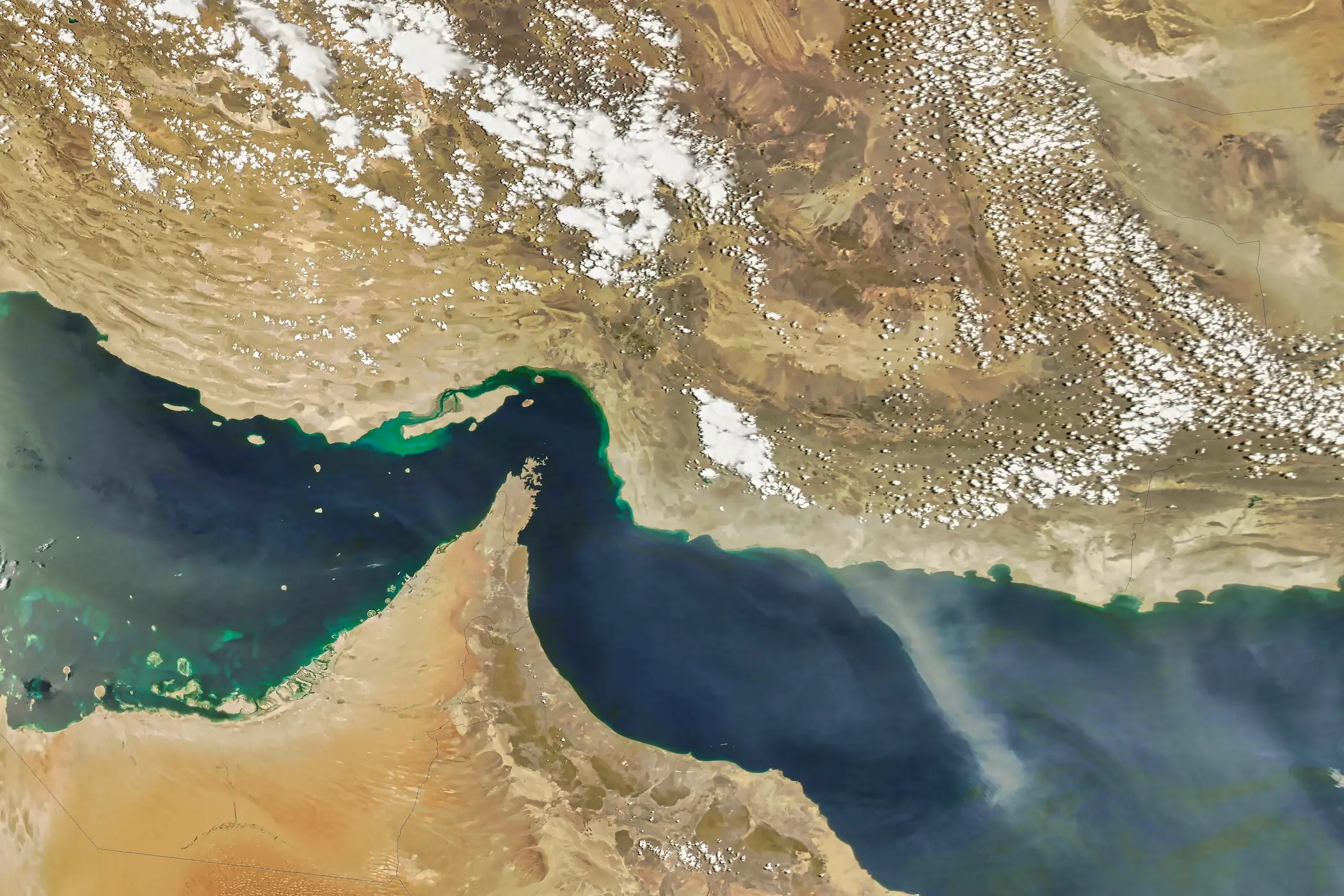


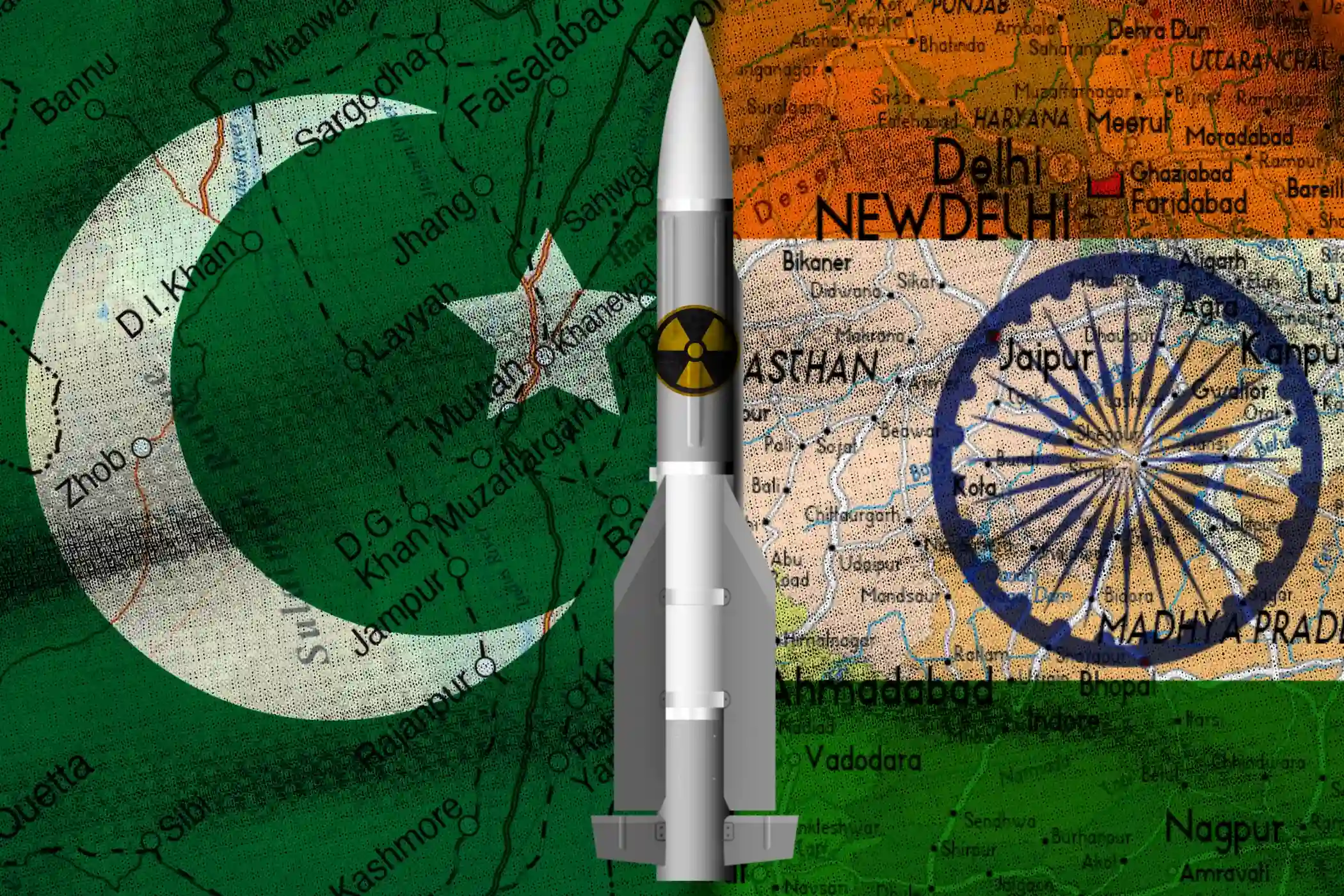


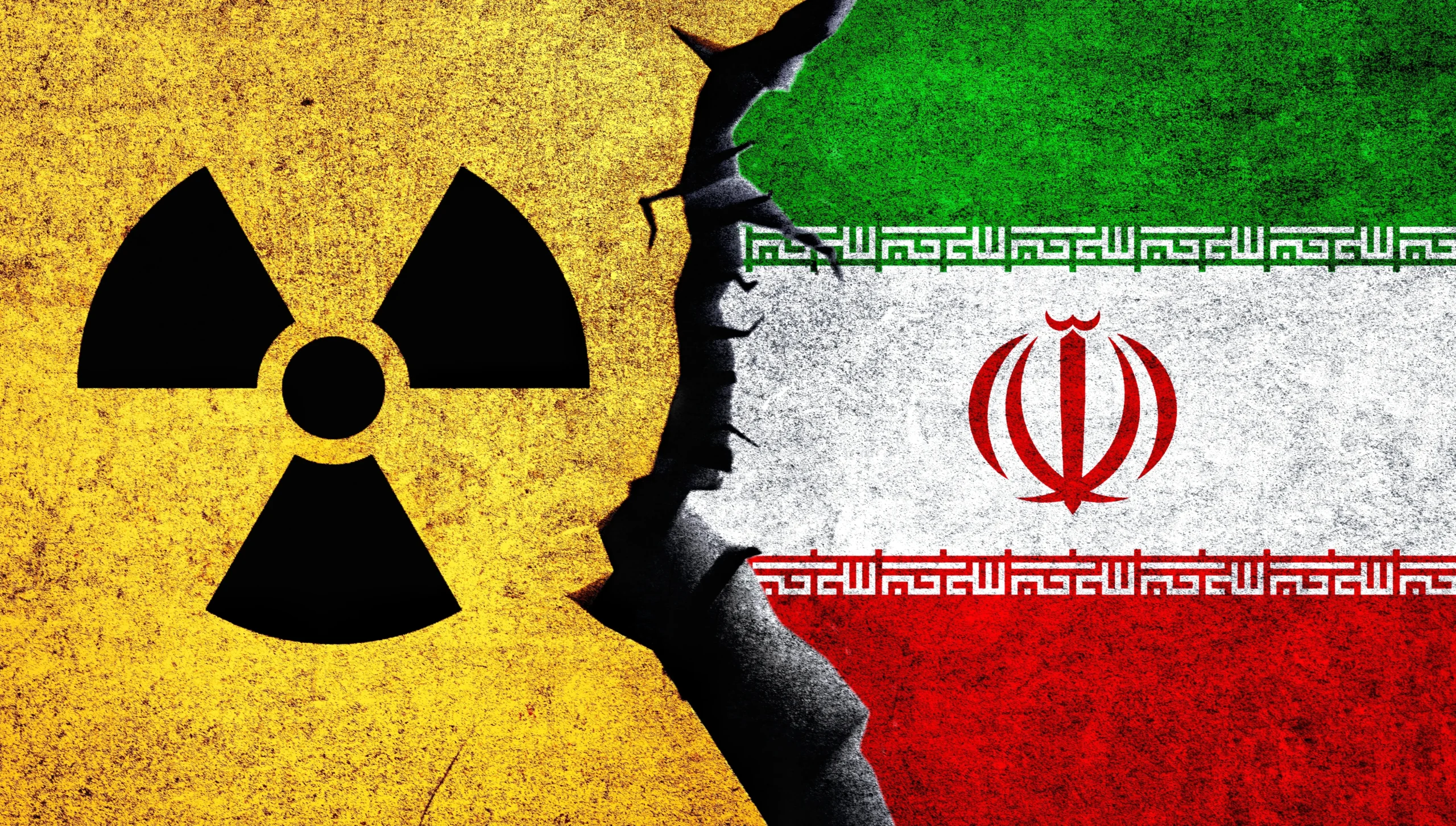






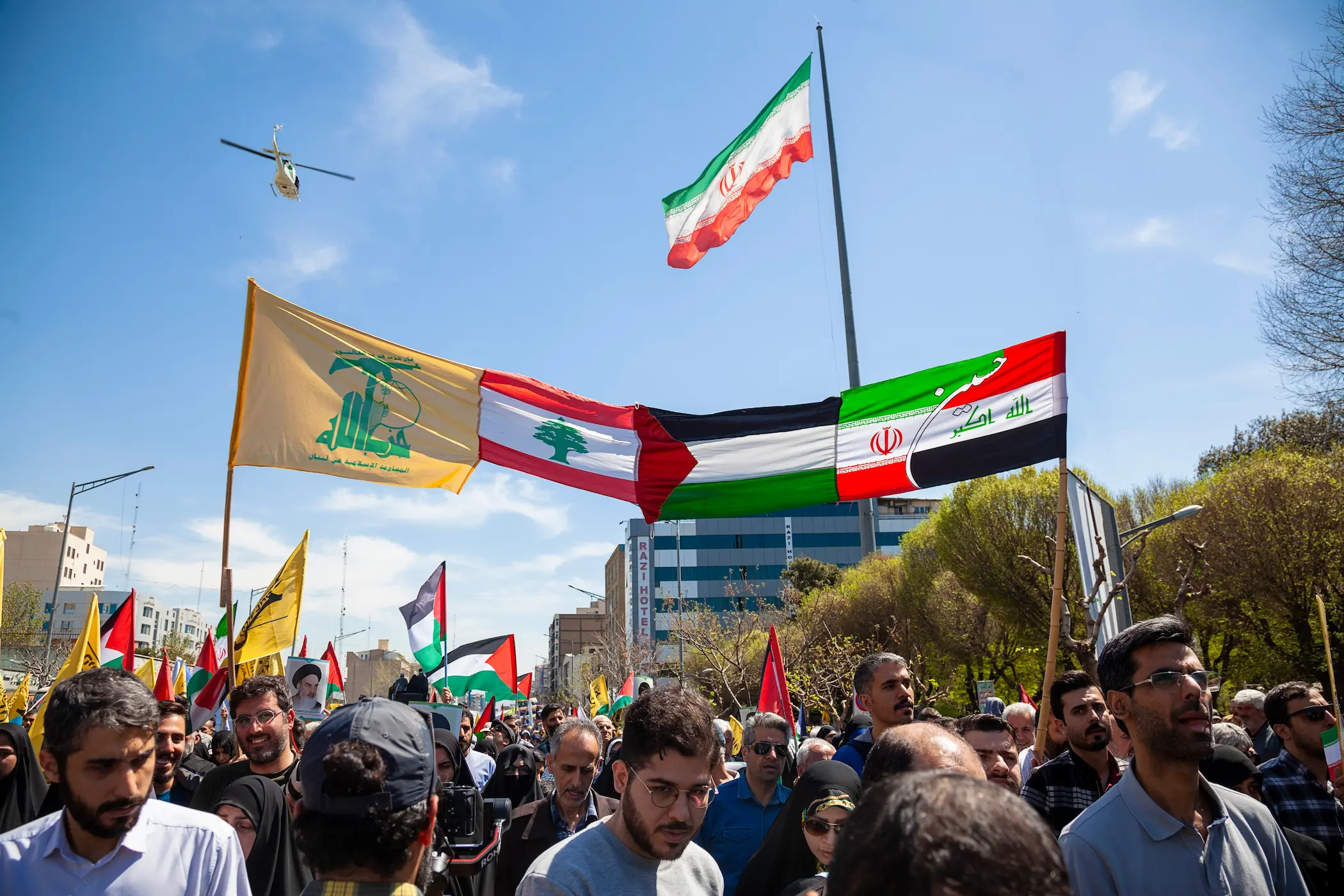


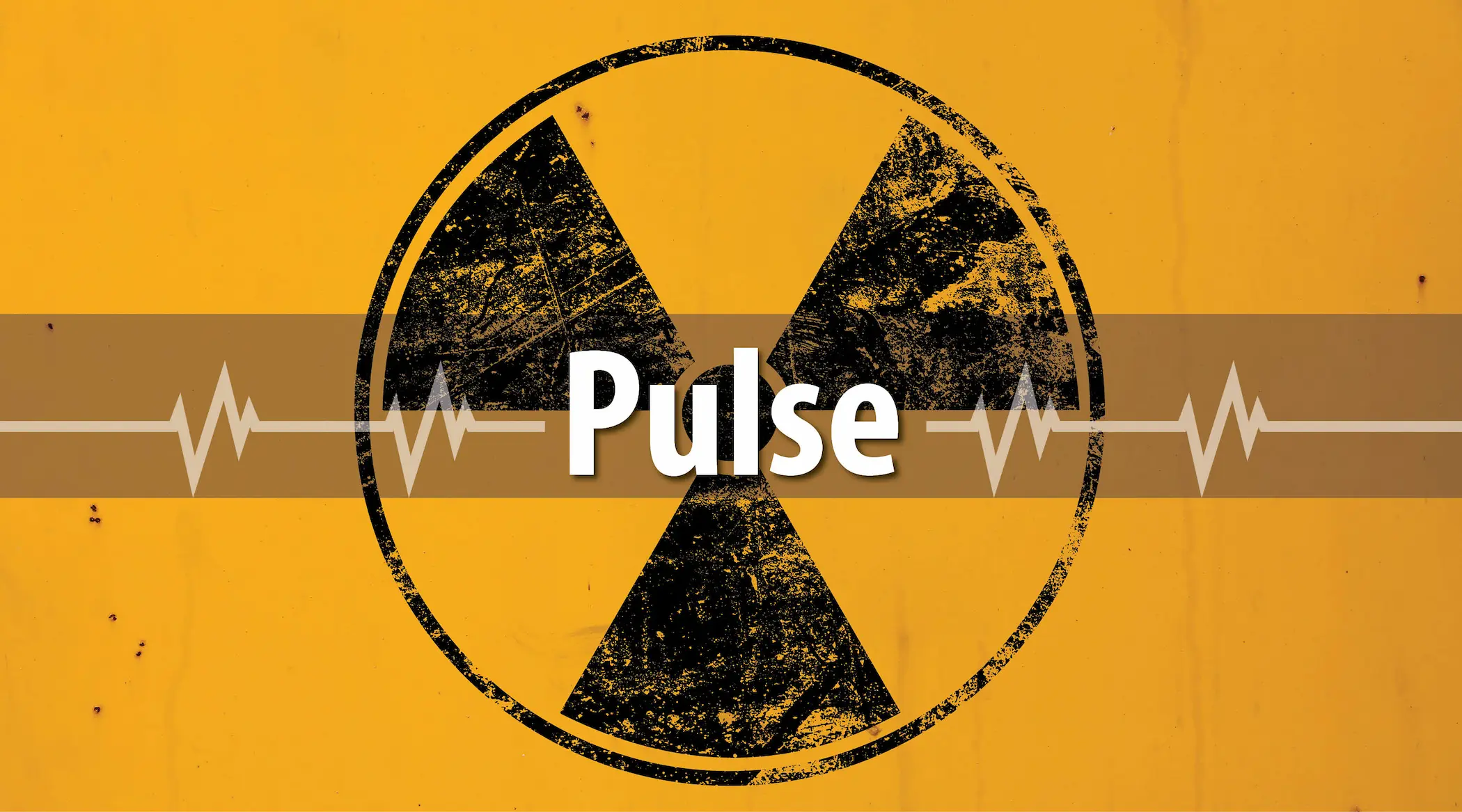
Comments